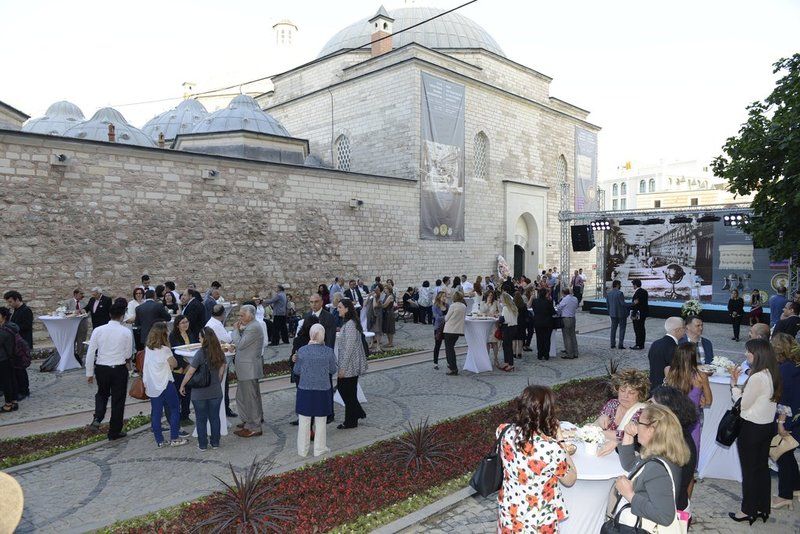GPS : 41°00'35.2"N 28°57'41.5"E / 41.009778, 28.961528

PHOTOGRAPHS ALBUM
The Bayezid II Hammam dates back to the 16th century, when Sultan Bayezid II commissioned it as part of the complex around the nearby Beyazit Mosque. In recent decades the hammam had fallen into disrepair, but it was restored as part of Istanbul University in 2015.
This hammam is also known as the place where rebel leader Patrona Halil worked as a bath attendant. His bloody uprising became the subject of several works by Orientalist painter Jean Baptiste Vanmour, and it is seen as marking the end of Sultan Ahmet III's Tulip Era.
The Beyazit Hamam is located in Istanbul's Beyazit district on Ordu Street. The structure has separate sections for both men and women. The entrance door of the women’s section is on Kimyager Derviş Paşa Street and the door of men’s section is on Ordu Street.
One enters the men’s section from the camekan, a court surrounded by small individual changing rooms roofed by a dome. From there, one passes into the ılıklık (lukewarm section), where four bathrooms covered by small domes and a cleaning room draw the attention of visitors.
There are sofas which are covered by a dome and presumably each one has three kurnas (marble basin) on both the left and right sides of the ılıklık. The harare (hot section) contains halvets roofed by domes. In addition to these, there was originally a marble plinth (göbek taşı) found in each of the four corners of the harare; however, these have not made it into our times.
The women’s section of the hamam is similar to men’s section that the water well that meeted of need of water. The water well responsible for meeting the water needs of the hamam is located near the women’s section behind the Central Library of Istanbul University.
MUSEUM OF TURKISH HAMAM CULTURE
As the Bayezid II Turkish Hammam Culture Museum it displays many items relevant to the Turkish bath, such as copper jugs, water bowls, towels, and bath shoes. Helpful texts in Turkish and English explain the origins and history of Turkish baths in Istanbul, as well as the spread of Turkish baths to Western European cities in the 19th century.
Some archaeological finds discovered during construction at Istanbul University are also displayed in the museum, including pieces from several Byzantine churches and a relief from the Forum of Theodosius.
LOCATION SATELLITE MAP
WEB SITE : Turkish Hammam Culture Museum
MORE INFO & CONTACT
E-Mail : hamammuzesi@istanbul.edu.tr
Phone : +90 212 444 0000
These scripts and photographs are registered under © Copyright 2017, respected writers and photographers from the internet. All Rights Reserved.
No comments:
Post a Comment